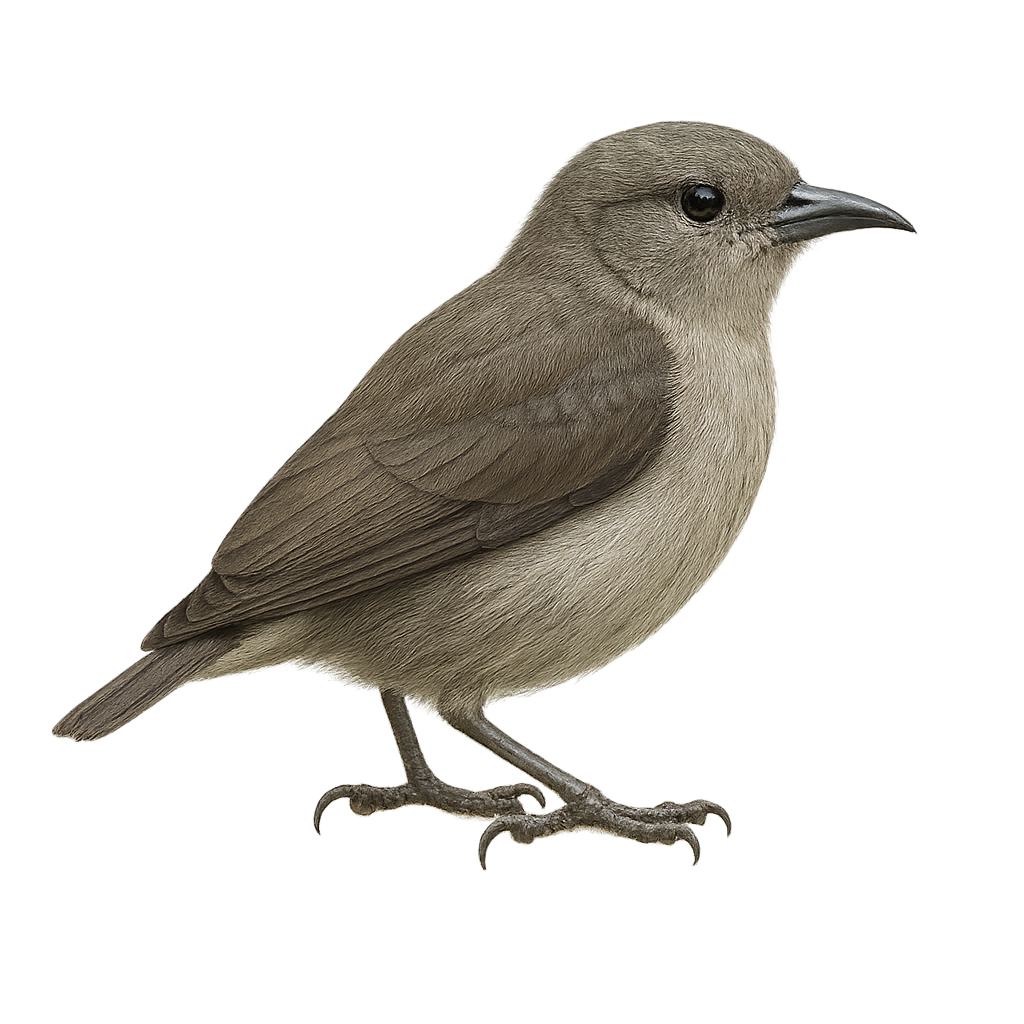Your wildlife photography guide.
Explore the plain flowerpecker in detail, study its behavior, prepare your shots.
Where to observe and photograph the plain flowerpecker in the wild
Learn where and when to spot the plain flowerpecker in the wild, how to identify the species based on distinctive features, and what natural environments it inhabits. The WildlifePhotographer app offers tailored photography tips that reflect the plain flowerpecker’s behavior, helping you capture better wildlife images. Explore the full species profile for key information including description, habitat, active periods, and approach techniques.
Plain Flowerpecker
Scientific name: Dicaeum concolor

IUCN Status: Least Concern
Family: DICAEIDAE
Group: Birds
Sensitivity to human approach: Suspicious
Minimum approach distance: 5 m
Courtship display: March to May
Incubation: 12-14 jours
Hatchings: March to June
Habitat:
tropical forests, gardens, mangroves
Activity period :
Primarily active during the day, with peak activity in the morning and late afternoon.
Identification and description:
The Plain Flowerpecker, scientifically known as Dicaeum concolor, is a small passerine bird belonging to the Dicaeidae family. It is primarily found in the tropical and subtropical regions of South and Southeast Asia, including India, Sri Lanka, Thailand, and Malaysia. This bird measures about 9 to 10 cm in length and is characterized by its modest plumage, usually gray-olive, which allows it to blend into its surroundings. The Plain Flowerpecker feeds mainly on small fruits, nectar, and insects, playing a crucial role in pollination and seed dispersal. It is often seen in small groups or pairs, actively moving through the forest canopy and gardens.
Recommended lens:
400 mm – adjust based on distance, desired framing (portrait or habitat), and approach conditions.
Photography tips:
To photograph the Plain Flowerpecker, it is advisable to use a 400mm lens or longer to capture precise details without disturbing the bird. Look for it in tropical forests or gardens where it feeds on fruits and nectar. Be patient and discreet, as this bird can be suspicious. Use a tripod to stabilize your camera and wait for it to perch on a clear branch to get a sharp shot. Take advantage of the natural morning light to capture the subtle colors of its plumage.
The WildlifePhotographer App is coming soon!
Be the first to explore the best nature spots, track rutting seasons, log your observations, and observe more wildlife.
Already 1 439 wildlife lovers subscribed worldwide

